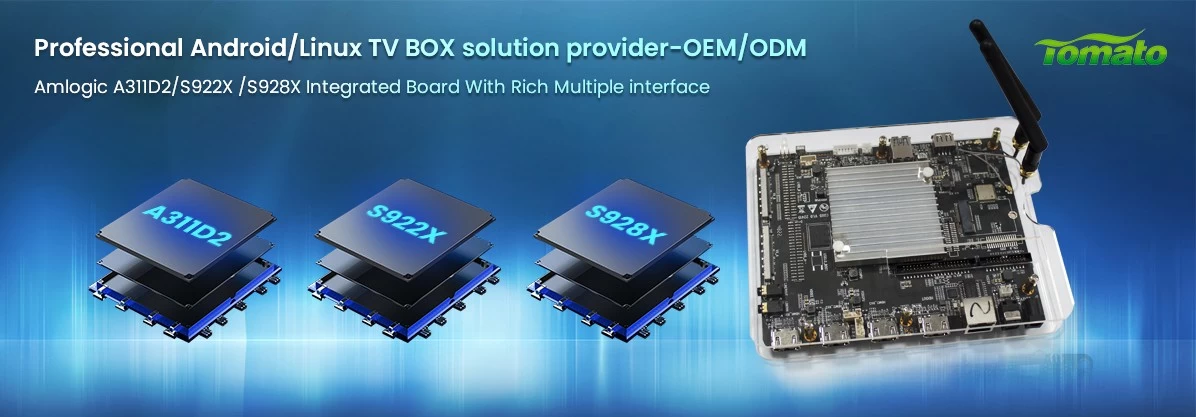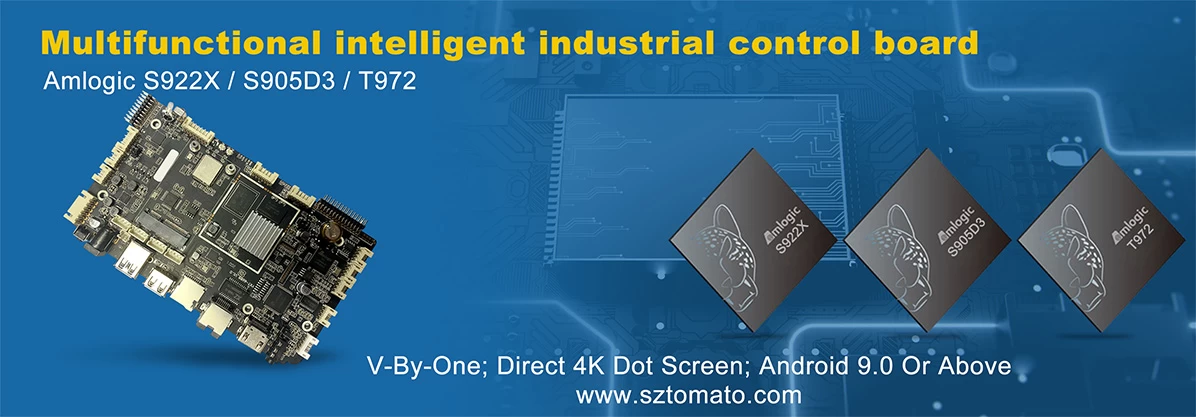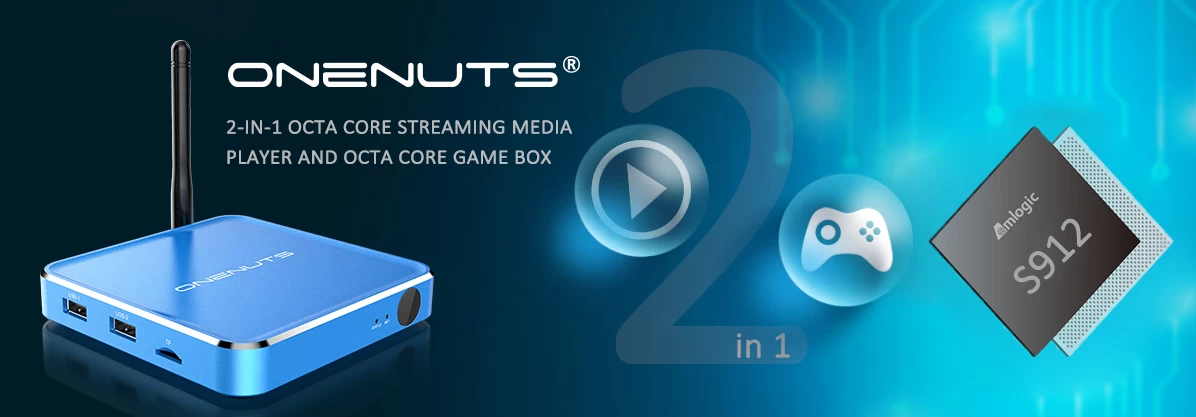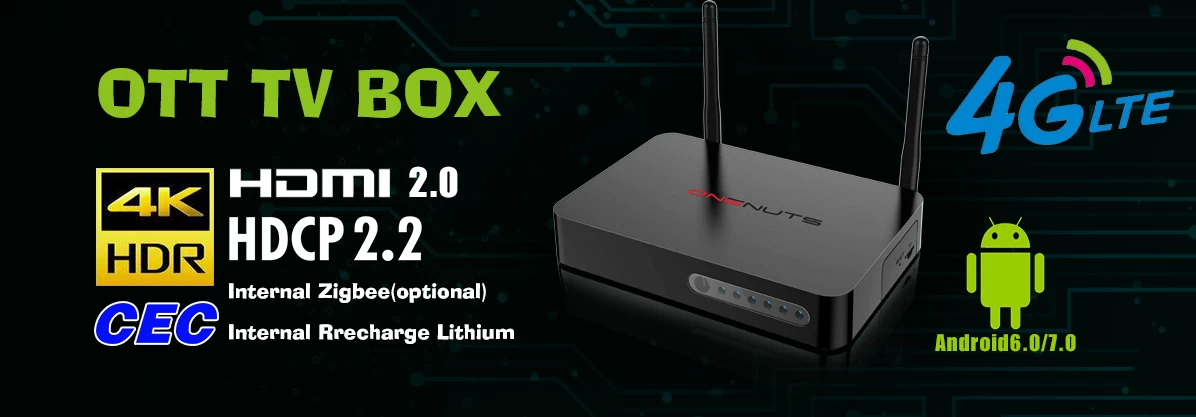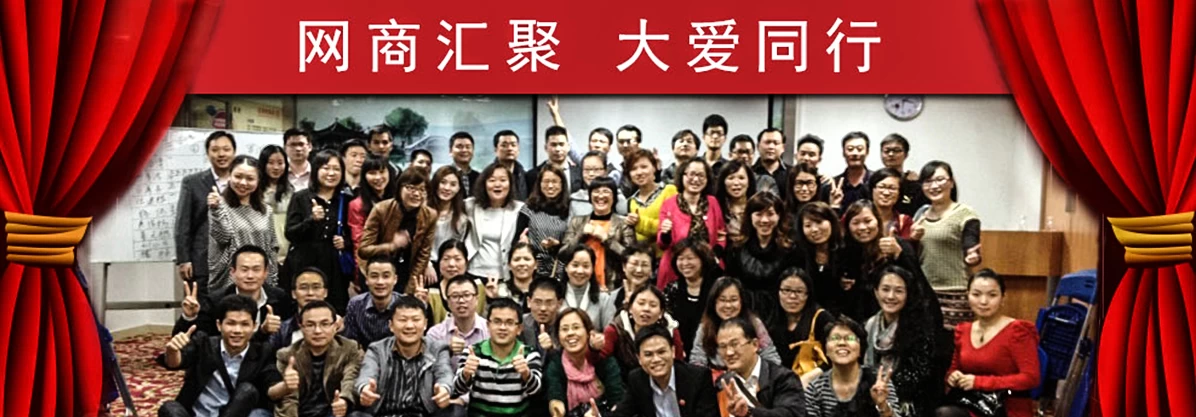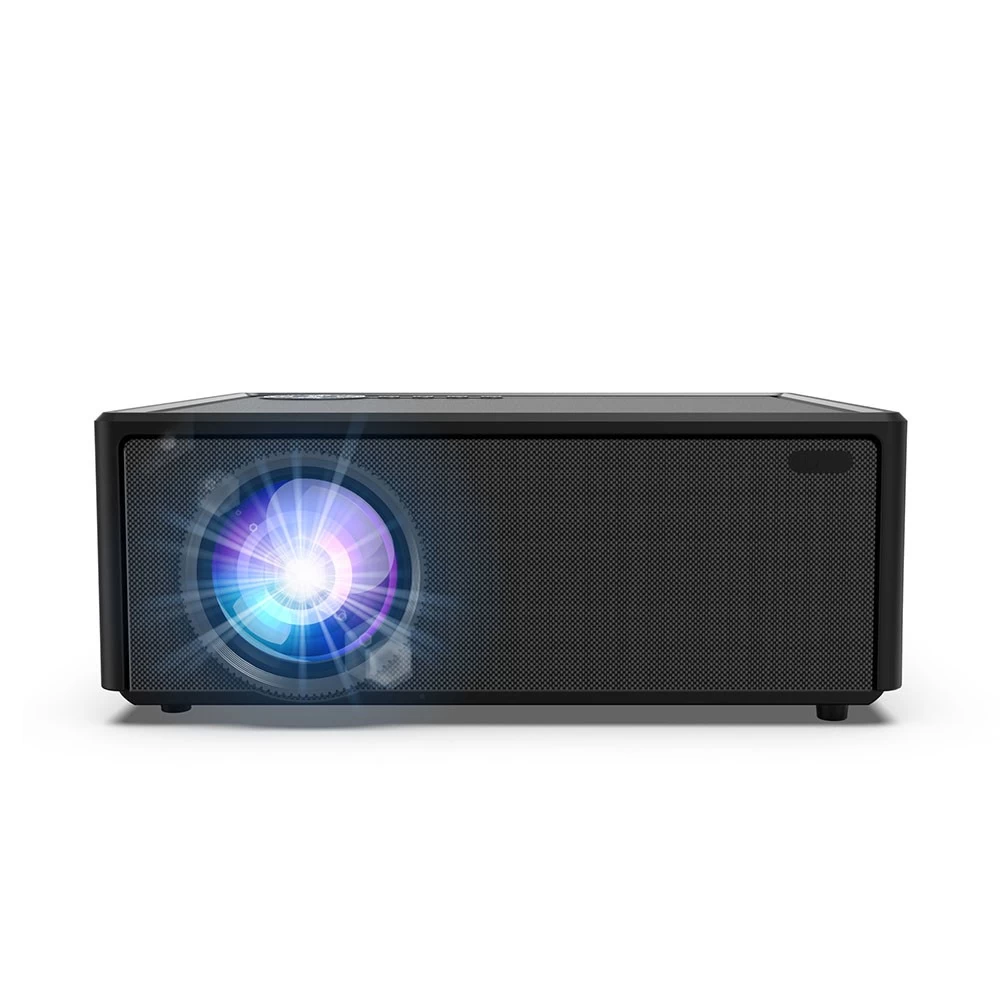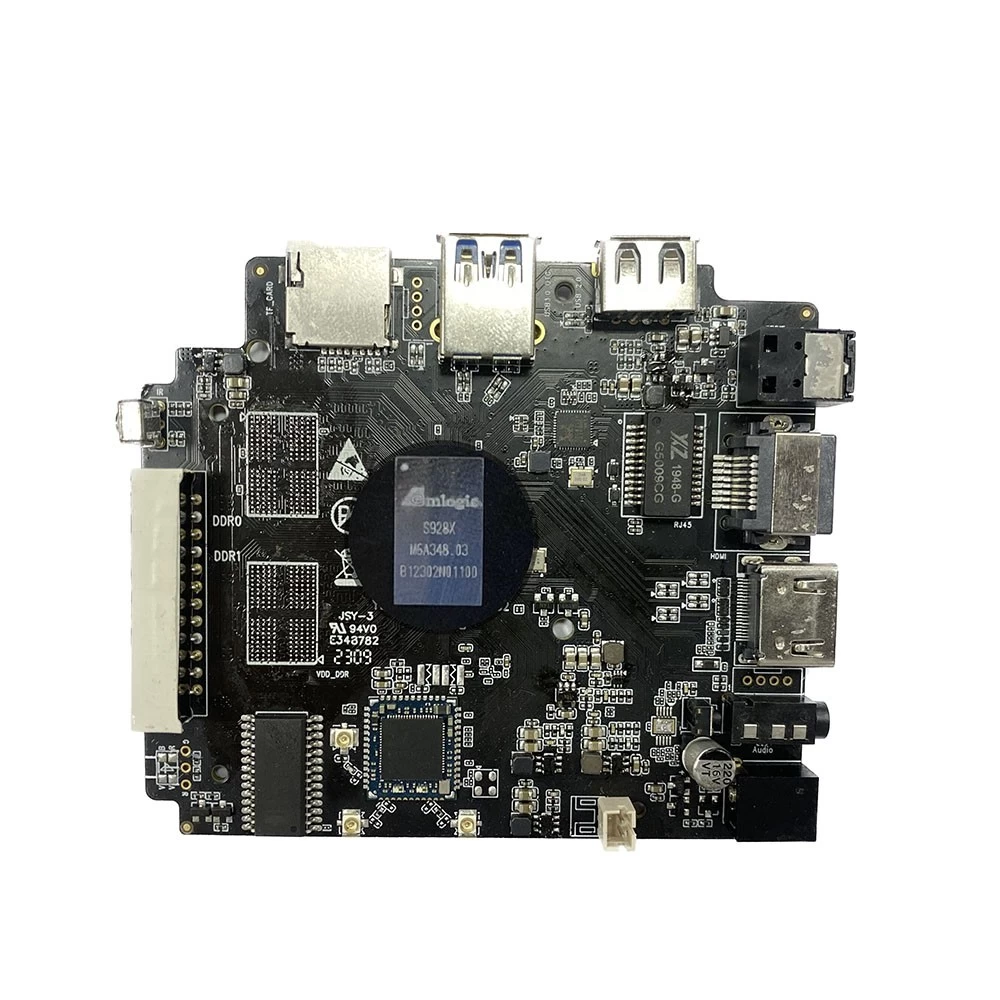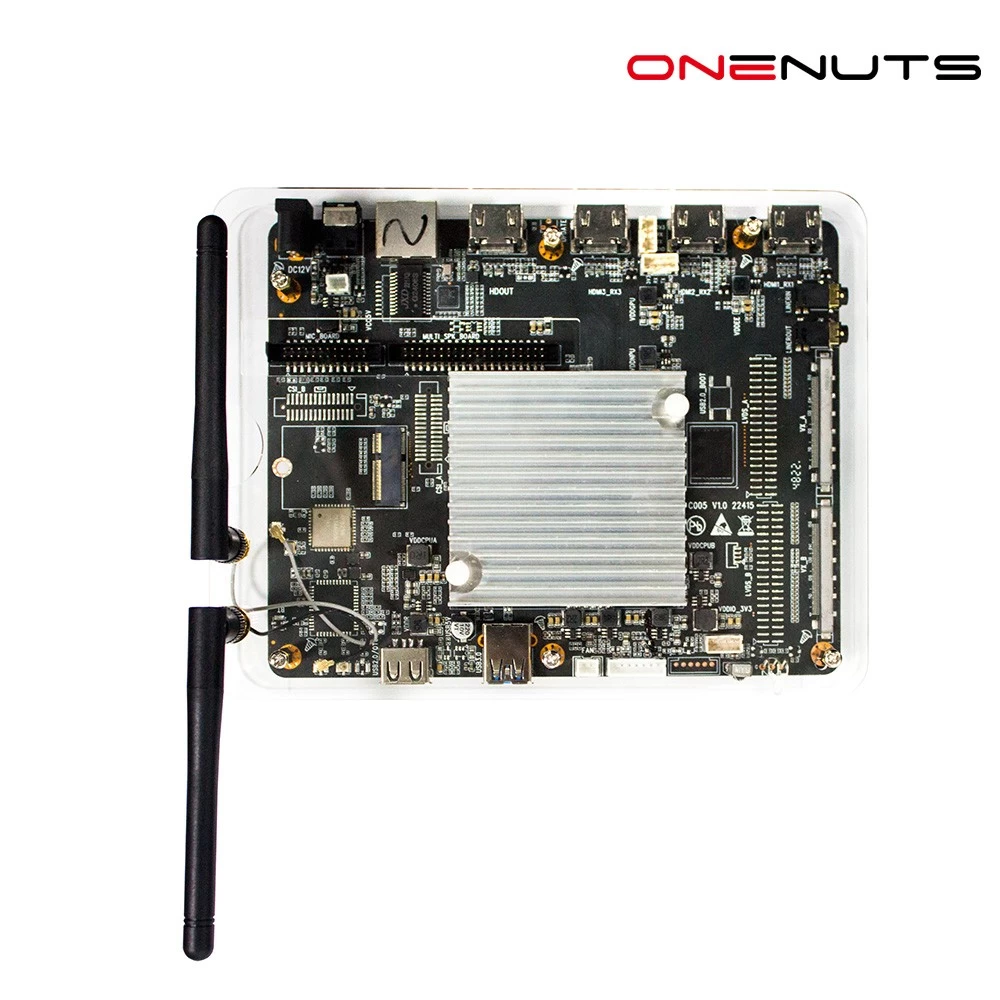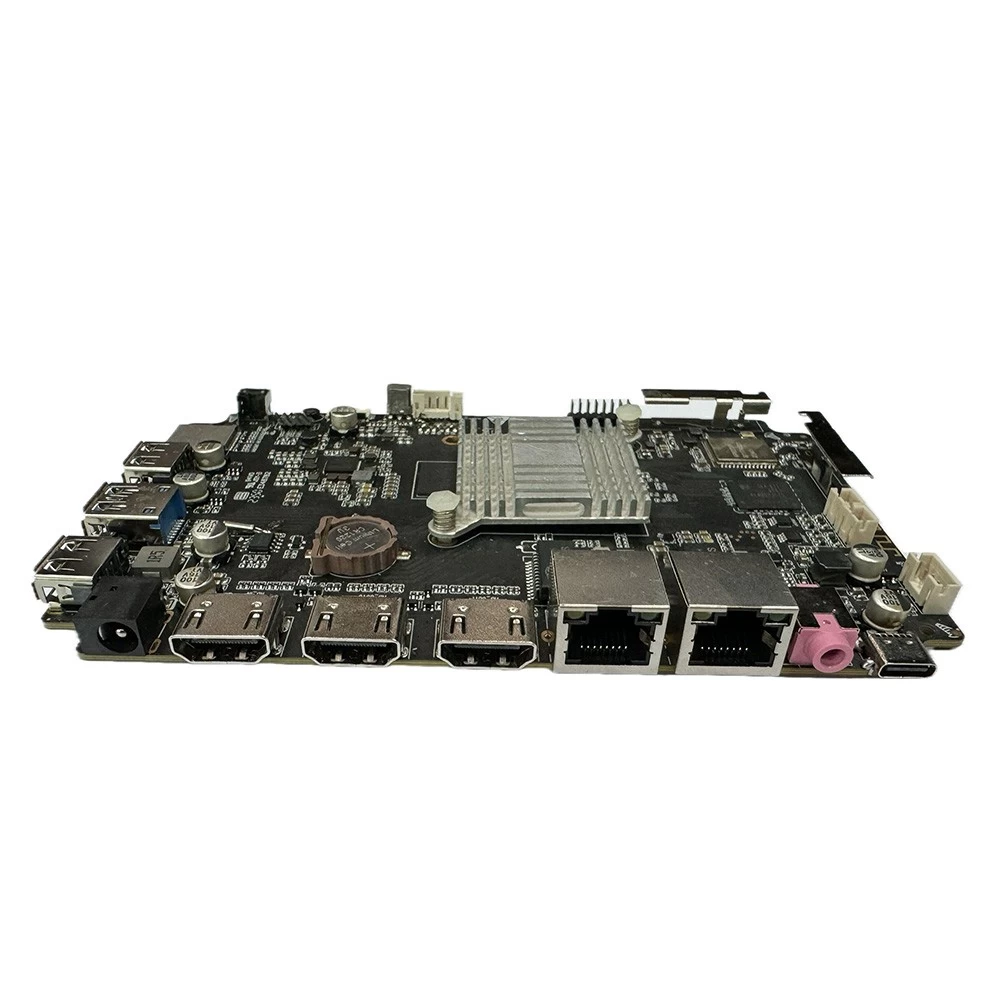"Continuous broadcast" Liu Rui said: What users abandon is content, not television
In the past few years, many research reports have consistently agreed that the television industry is being hit by mobile devices and the power-on rate is far worse than before. But we've seen some giants "go counter-current" and start new hardware projects around the old industry, such as Google's Chromecast, domestic Internet giant's mini android internet tv box and even smart TVs.
In addition to the giant, we also reported a number of start-up projects with the "third screen", such as music broadcast, FunBox and so on. Recently I met on the Internet Liu Lian, founder of "continuous broadcast", they are a start-up company doing TV sticks. The idea behind the trademark name is "to make a connector (or bridge) to connect a cellphone to a television and play content."
Speaking of android hdmi tv stick 4K, we may naturally be associated with Google Chromecast, which once caused some dissatisfaction. Because of this type of TV stick, before the release of Chromecast has already appeared in Huaqiang North offline counter and Taobao shop. To a certain extent, we can think of Google plagiarizing China's innovative products. However, without Google's intervention, such products may not be able to enter the mass consumer's vision for a long time. For Liu Rui who is engaged in the business of TV sticks, what does he think of this phenomenon?
"Google is a very good mentor to entrepreneurs and it's easy to get acclaimed products close to their ideas, of course, there are also business influence, public trust, etc. As for the Chromecast plagiarism domestic 'cottage products', I think There should be a deeper problem, which is whether the domestic cottage industry innovative products have taken into account the user experience and product ecological problems? Chromecast from the outset is not a separate hardware, it carries the entertainment content. And we The same is true, and the goal is to be a home entertainment ecosystem rather than a single stick. "
And Chromecast is the same, their products are connected via WiFi devices, with each other What is the difference? Liu Rui that Chromecast Chrome browser as a "big screen extension," from a technical point of view, Chrome browser can be all the content is projected onto the TV. Although third-party apps can integrate the appropriate SDKs to project their content onto television, it is more of a hardware product that treats Chrome browser users as their target users.
In contrast, their product options are compatible with both Airplay and DLNA protocols, allowing iOS or Android users to use one of these protocols to push local media content or online content to the TV for viewing. "We are more concerned with how to make it easier for users to use the product, rather than limiting the way users are using Chromecast."
In addition, they also made some minor innovations: Users can push their pictures, voices or other online content to the TV remotely by sharing the public account, making it a hardware extension of WeChat. "For example, when you are traveling, you can always give your parents a beautiful picture and leave a message of peace. Or use WeChat to order an animated cartoon for your child in your home."
With the popularization of such devices as mobile phones and tablet PCs, the number of TV booting drops somewhat. Many reports think that the television industry is shrinking. Why do they still choose this pioneering direction?
"The decline in the number of TV booting is a fact, but looking at the problem has to look at it. How much more information does the user contact daily? This is the beginning of an information society and the family's informationization has just begun. In the past, A big screen, and now because we can use mobile phones to watch news, video and not to see the traditional television, in fact, users abandon not TV, is the content of television, so users focus on the transfer of information and reduce the number of watching TV. Again, moving a little further, users will need to have more big screens at home to show a wide variety of information, and what kind of information needs to be displayed on each big screen becomes all-encompassing Because you can not buy a 70-inch 4-core screen this year, throw it out in two years, and change it to another 16-core screen, but it's really easy to change the "custom google android stick." Affordable. "
Because of the Shenzhen-based manufacturing industry, they used this advantage to select a stable hardware circuit design and redesign the firmware and software on that basis. "We value the overall performance and experience of the product itself as measured by the user, as well as the fun and psychological experience that the product brings to the user."
In the process of building products, they also encountered many headache problems, such as many mobile applications claim to be compatible with these transport protocols, in fact, will encounter various problems. In this case, they can only be modified according to the actual situation of some mainstream App, allowing users to successfully use their own products. In addition, the network configuration is a headache for many white users, they made a "multicast assistant" to help solve this problem.
The current generation of products using 802.11n, Liu Rui said the network performance is not enough to support the local bit rate above 15Mbps HD video, and is developing the second generation products will solve this problem. "The next generation of podcasts will be tailored to the performance of WiFi to make high-definition, big-rate video no longer a problem, and we're also preparing smarter, easier-to-use podcasting experiences in terms of usage experience."In the past few years, many research reports have consistently agreed that the television industry is being hit by mobile devices and the power-on rate is far worse than before. But we've seen some giants "go counter-current" and start new hardware projects around the old industry, such as Google's Chromecast, domestic Internet giant's mini android internet tv box and even smart TVs.
In addition to the giant, we also reported a number of start-up projects with the "third screen", such as music broadcast, FunBox and so on. Recently I met on the Internet Liu Lian, founder of "continuous broadcast", they are a start-up company doing TV sticks. The idea behind the trademark name is "to make a connector (or bridge) to connect a cellphone to a television and play content."
Speaking of android hdmi tv stick 4K, we may naturally be associated with Google Chromecast, which once caused some dissatisfaction. Because of this type of TV stick, before the release of Chromecast has already appeared in Huaqiang North offline counter and Taobao shop. To a certain extent, we can think of Google plagiarizing China's innovative products. However, without Google's intervention, such products may not be able to enter the mass consumer's vision for a long time. For Liu Rui who is engaged in the business of TV sticks, what does he think of this phenomenon?
"Google is a very good mentor to entrepreneurs and it's easy to get acclaimed products close to their ideas, of course, there are also business influence, public trust, etc. As for the Chromecast plagiarism domestic 'cottage products', I think There should be a deeper problem, which is whether the domestic cottage industry innovative products have taken into account the user experience and product ecological problems? Chromecast from the outset is not a separate hardware, it carries the entertainment content. And we The same is true, and the goal is to be a home entertainment ecosystem rather than a single stick. "
And Chromecast is the same, their products are connected via WiFi devices, with each other What is the difference? Liu Rui that Chromecast Chrome browser as a "big screen extension," from a technical point of view, Chrome browser can be all the content is projected onto the TV. Although third-party apps can integrate the appropriate SDKs to project their content onto television, it is more of a hardware product that treats Chrome browser users as their target users.
In contrast, their product options are compatible with both Airplay and DLNA protocols, allowing iOS or Android users to use one of these protocols to push local media content or online content to the TV for viewing. "We are more concerned with how to make it easier for users to use the product, rather than limiting the way users are using Chromecast."
In addition, they also made some minor innovations: Users can push their pictures, voices or other online content to the TV remotely by sharing the public account, making it a hardware extension of WeChat. "For example, when you are traveling, you can always give your parents a beautiful picture and leave a message of peace. Or use WeChat to order an animated cartoon for your child in your home."
With the popularization of such devices as mobile phones and tablet PCs, the number of TV booting drops somewhat. Many reports think that the television industry is shrinking. Why do they still choose this pioneering direction?
"The decline in the number of TV booting is a fact, but looking at the problem has to look at it. How much more information does the user contact daily? This is the beginning of an information society and the family's informationization has just begun. In the past, A big screen, and now because we can use mobile phones to watch news, video and not to see the traditional television, in fact, users abandon not TV, is the content of television, so users focus on the transfer of information and reduce the number of watching TV. Again, moving a little further, users will need to have more big screens at home to show a wide variety of information, and what kind of information needs to be displayed on each big screen becomes all-encompassing Because you can not buy a 70-inch 4-core screen this year, throw it out in two years, and change it to another 16-core screen, but it's really easy to change the "custom google android stick." Affordable. "
Because of the Shenzhen-based manufacturing industry, they used this advantage to select a stable hardware circuit design and redesign the firmware and software on that basis. "We value the overall performance and experience of the product itself as measured by the user, as well as the fun and psychological experience that the product brings to the user."
In the process of building products, they also encountered many headache problems, such as many mobile applications claim to be compatible with these transport protocols, in fact, will encounter various problems. In this case, they can only be modified according to the actual situation of some mainstream App, allowing users to successfully use their own products. In addition, the network configuration is a headache for many white users, they made a "multicast assistant" to help solve this problem.
The current generation of products using 802.11n, Liu Rui said the network performance is not enough to support the local bit rate above 15Mbps HD video, and is developing the second generation products will solve this problem. "The next generation of podcasts will be tailored to the performance of WiFi to make high-definition, big-rate video no longer a problem, and we're also preparing smarter, easier-to-use podcasting experiences in terms of usage experience."

